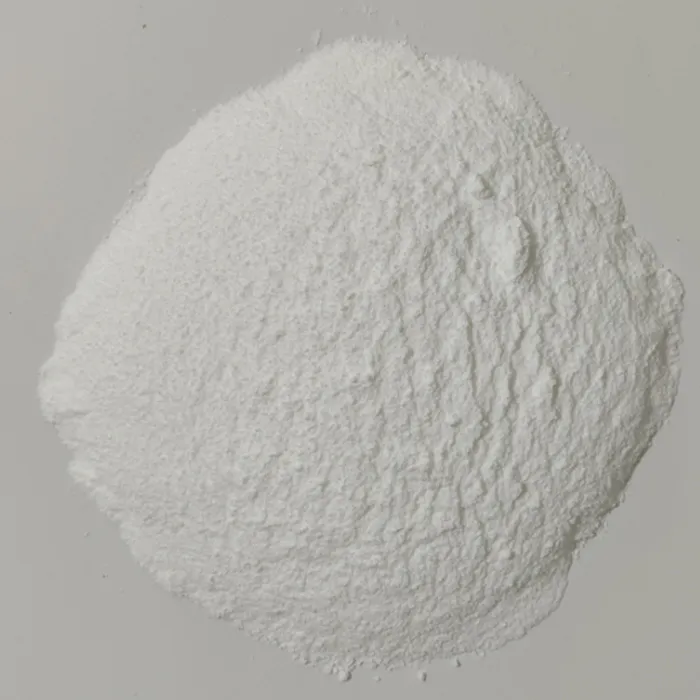Exploring the Role of Plasticisers in Modern Materials
Plasticisers are chemical additives extensively used in the production of plastics and other materials to enhance their flexibility, workability, and durability. Their primary function is to increase the plasticity or fluidity of the material and reduce brittleness, making them crucial in various applications across industries.
The most common plasticiser is phthalate, which has been widely used in polyvinyl chloride (PVC) products, such as flooring, medical devices, and various consumer goods. Other popular plasticisers include adipates, citrates, and sebacates, each offering specific benefits in terms of processing and performance. For instance, citrates are often preferred in food packaging due to their non-toxic nature and biocompatibility.
The mechanism by which plasticisers work involves the reduction of intermolecular forces between the polymer chains. By inserting themselves into the polymer matrix, plasticisers disrupt the rigidity of the molecular structure, allowing the chains to move more freely. This results in materials that are softer and more pliable, allowing them to be shaped and molded according to specific requirements.
The benefits of using plasticisers are numerous. In the construction industry, for example, plasticised PVC is used for pipes due to its resistance to corrosion and weathering. In the automotive sector, plasticisers help reduce the weight of vehicles by making materials lighter without compromising safety. Additionally, in the food packaging sector, plasticisers ensure that materials maintain their integrity and flexibility, providing a barrier against moisture and contaminants.
However, the use of plasticisers has raised environmental and health concerns. Some phthalates have been linked to endocrine disruption and are under scrutiny for their potential effects on human health. As a result, manufacturers are increasingly seeking safer alternatives or developing bio-based plasticisers to address these concerns. Material scientists are exploring options such as natural oils and fatty acids, which have shown promise in maintaining the desired performance characteristics while minimizing environmental impact.
plasticiser

The push for sustainability is reshaping the plasticiser landscape. With increasing awareness of plastic pollution and the dire consequences of fossil fuel dependence, there is a significant shift towards bio-based materials. Companies are investing in research and development of renewable sources for plasticisers, which can significantly reduce the carbon footprint associated with traditional petrochemical-derived additives.
Moreover, regulatory frameworks are becoming stricter. For instance, the European Union has implemented regulations that limit the use of certain high-risk phthalates in consumer products. As a result, manufacturers are compelled to innovate and find compliant alternatives that maintain product quality while adhering to health and safety standards.
In addition to developing new materials, innovative applications of existing plasticisers are also ongoing. Researchers are investigating how plasticisers can enhance the performance of biopolymers, which have garnered interest as eco-friendlier alternatives to conventional plastics. By optimizing the properties of bioplastics with the right plasticisers, it is possible to create materials that not only perform well but also decompose more naturally in the environment.
The future of plasticisers therefore lies in balancing performance with safety and sustainability. As industry standards continue to evolve and consumers become more environmentally conscious, the demand for safer and more effective plasticisers will likely grow. This trend necessitates continuous innovation, fostering a new generation of materials that meet both functional requirements and align with environmental goals.
In conclusion, plasticisers play a critical role in modern material science, impacting a broad range of applications from construction to food packaging. While challenges related to health and environmental impact remain, the ongoing evolution towards safer, sustainable alternatives illustrates the dynamic nature of this indispensable additive in the global materials landscape.

